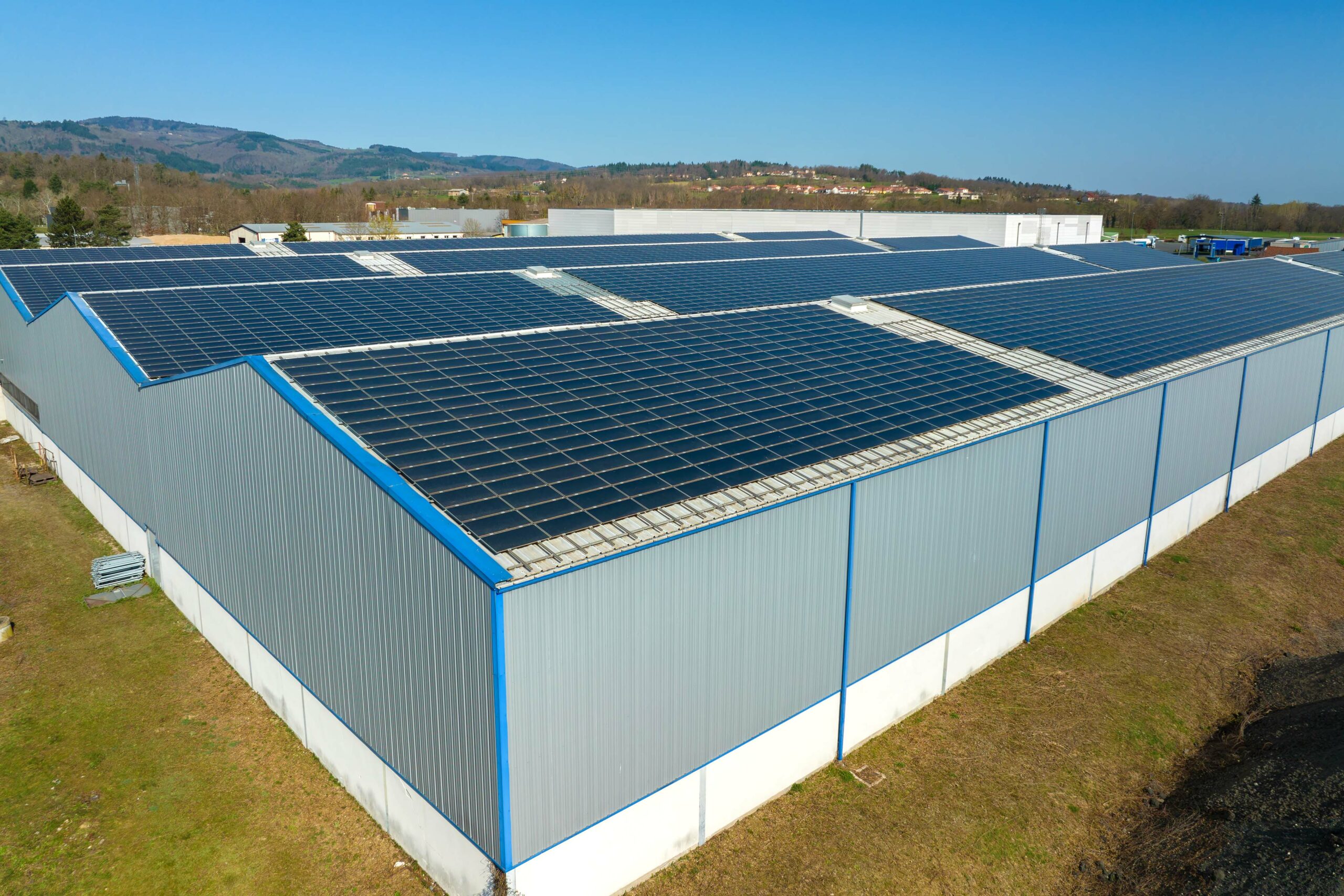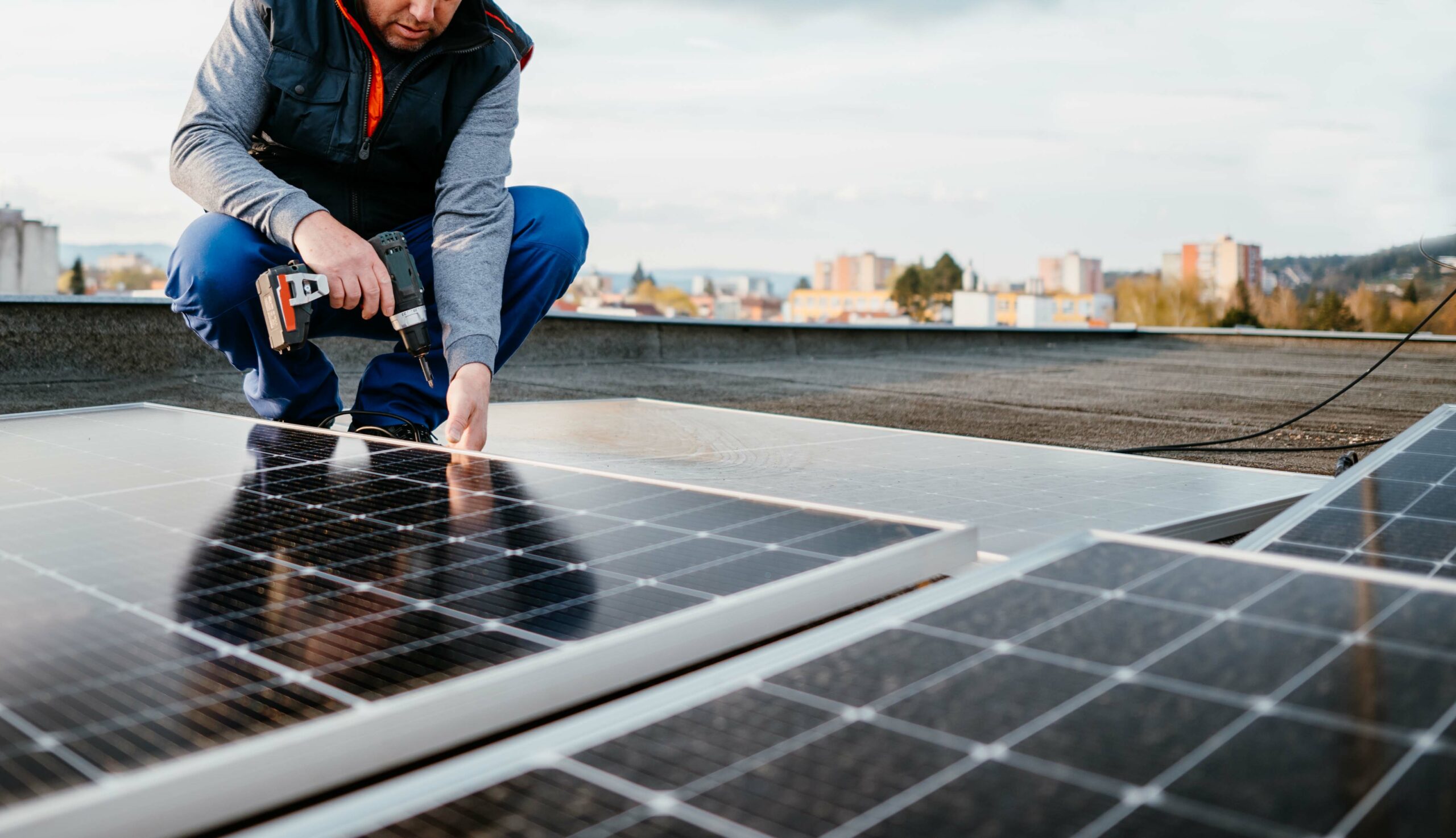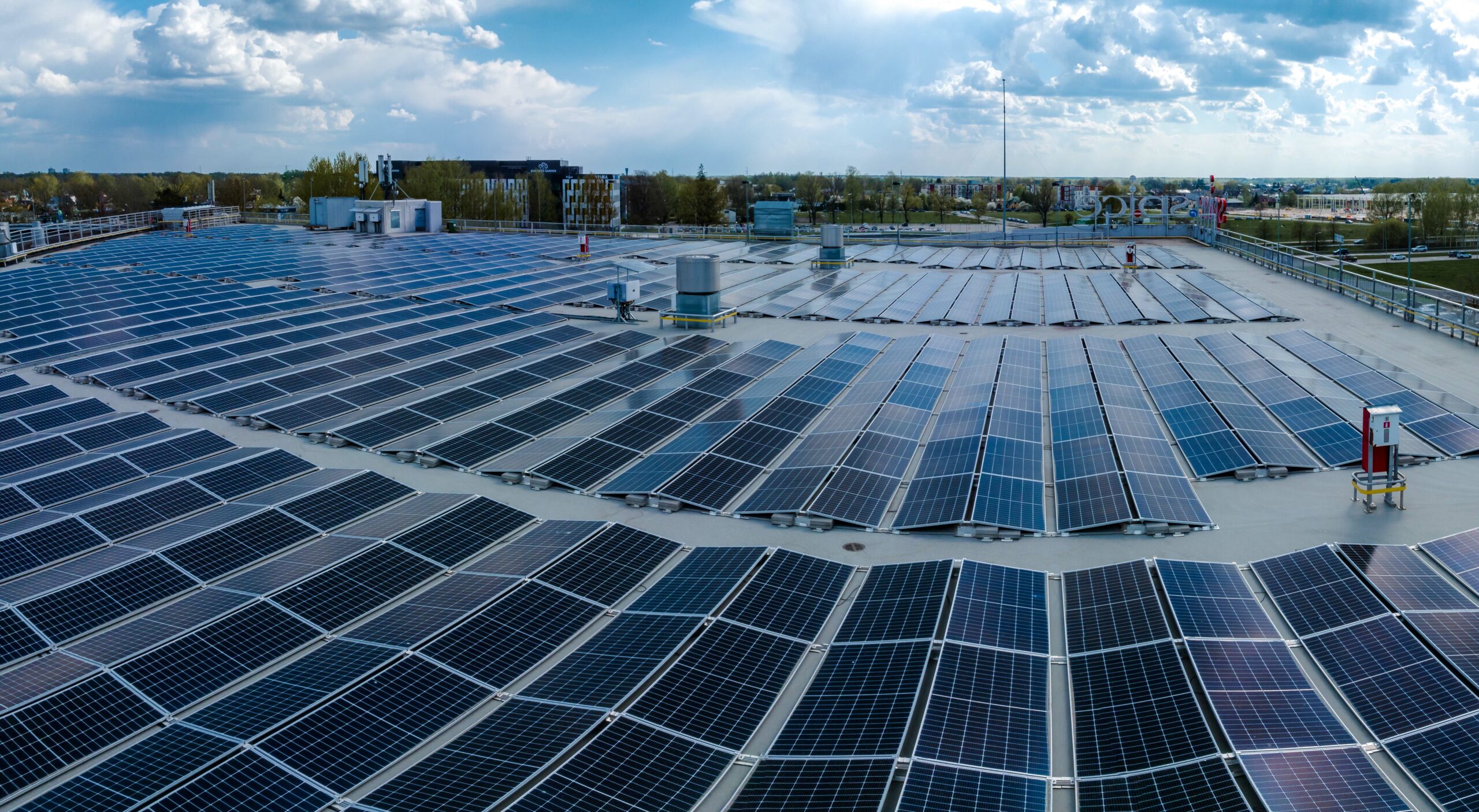Scalable Renewable Energy with Zero Upfront Investment
Wind-Solar Hybrid Projects: The Future of Reliable Green Energy
Imagine a renewable energy solution that delivers consistent, clean power to large enterprises—one that seamlessly integrates wind and solar energy for uninterrupted supply. A Wind-Solar Hybrid (WSH) system takes advantage of the complementary nature of wind and solar power, ensuring a steady and efficient energy source.
Unlike standalone solar plants (which generate power only during daylight) or standalone wind farms (which are most effective during evening and nighttime), a hybrid system provides a balanced, continuous energy flow with minimized fluctuations.
With Green Wattage’s Wind-Solar Hybrid solution, businesses benefit from high Plant Load Factors (PLFs) and a more stable renewable energy supply.
What is a Wind-Solar Hybrid (WSH) System?
A Wind-Solar Hybrid system integrates solar panels and wind turbines to generate a steady stream of electricity, which is then transmitted to your facility in a pattern that aligns with your base load requirements.
By sharing the same transmission infrastructure, WSH systems reduce fixed costs and transmission charges, while also lowering the risk of energy curtailment due to their predictable generation pattern.
With Green Wattage’s WSH solution, corporates can:
- Access consistent, non-intermittent power
- Pay only for the energy consumed
- Save significantly compared to traditional grid electricity tariffs

Why Choose Wind-Solar Hybrid?
24x7 Clean Energy
Continuous renewable energy supply with solar at its peak during the day and wind complementing it in the evening and night.
Optimized Generation
Solar and wind operate at different times of the day and across seasons, ensuring minimal wastage.
Lower Grid Charges, Higher Savings
Reduced transmission costs translate into lower energy expenses.
More Stability & Reliability
A steady supply means less risk of curtailment and greater energy security.
Government Incentives
Various waivers and incentives available for businesses adopting WSH systems.
Reduced Capital Costs
Efficient land and infrastructure utilization result in lower upfront investment.
Example Scenario:
The graph below illustrates the advantage of sourcing energy from a Wind Solar Hybrid Farm.
Consider a large corporate consumer that requires a consistent power load of 100 units round the clock, 365 days a year.
If this demand is met solely through solar energy, it can typically cover about 60 units—meaning solar alone fulfills only 60% of the total requirement. On the other hand, wind energy by itself can supply up to 50 units, covering 50% of the need.
However, when power is sourced from a Wind Solar Hybrid Farm, the combined generation potential increases significantly—delivering up to 75 units. In other words, 75% of the energy demand can be met through this hybrid solution with minimal dependence on banking.
In this scenario, the customer stands to save approximately 30% on their annual electricity bills—compared to the 20–25% savings achievable through standalone wind or solar options—thanks to the higher share of renewable energy being utilized efficiently.
*Disclaimer: The data provided here is for informational purposes only. The values mentioned are approximate and based on third-party sources, research, and industry experience. Green Wattage assumes no liability for the accuracy of this information.
Procurement Models for Wind-Solar Hybrid Energy
With Green Wattage’s open access model, businesses can procure renewable energy from our offsite solar, wind, or WSH farms across India at lower tariffs than grid electricity—without the constraints of on-site solar installation.
Zero upfront investment
No capital expenditure required.
Immediate cost savings
Enjoy lower electricity tariffs from day one.
Risk-Free Solution
No maintenance or operational burdens.
Tariff stability
Fixed tariffs for 20-25 years, ensuring predictability in energy costs.
FAQ
How does Open Access power help companies meet their sustainability goals?
Most corporate facilities lack the space for large-scale solar installations. Open Access allows businesses to source renewable power from large offsite farms.
What are the common Open Access procurement models?
Businesses typically use Third-Party PPAs or Captive/Group Captive models for procurement.
What are the cost components of Open Access energy?
Common charges include transmission & wheeling fees, cross-subsidy surcharge, additional surcharges, and banking charges (which vary by location).
What challenges exist in Open Access procurement?
Challenges include contractual complexities, grid curtailment risks, and evolving regulations. A thorough evaluation is recommended before entering a PPA.
Under this model, businesses invest in their own renewable power assets, ensuring direct access to clean energy while maintaining full control over costs.
Hedge against rising electricity prices
Avoid fluctuating grid tariffs.
Tax benefits
Eligible for accelerated depreciation incentives.
No technical expertise required
Green Wattage handles design, installation, and maintenance.
FAQ
How can companies benefit from a Group Captive setup without full ownership?
Businesses need to hold at least 26% equity, while the developer covers the rest. This allows them to access Open Access benefits with minimal investment.
How to ensure compliance and avoid legal risks in a Group Captive model?
Companies must ensure genuine equity participation (26%) and active economic participation as per regulatory guidelines.
What happens if a company wants to exit a Group Captive agreement?
Ownership transfer is required, usually through a put/call option, ensuring a smooth transition. Foreign ownership regulations also apply.
A hybrid ownership model where multiple businesses co-own a renewable energy asset while consuming at least 51% of the generated power.
Minimal investment, maximum savings
26% equity participation qualifies businesses for Open Access benefits.
Lower Electricity Costs
Tariffs significantly lower than grid rates.
Hassle-free operation
Green Wattage manages construction, operation, and maintenance.
FAQ
Can businesses participate without full ownership?
Yes. By holding at least 26% equity, businesses qualify for Open Access benefits with reduced investment.
What legal considerations should companies be aware of?
To avoid disputes, companies must ensure full compliance with Open Access regulations and genuine financial participation.
What happens when a PPA ends?
Shares must be transferred, either to another corporate buyer or back to the developer.
Assessing Solar Feasibility for Your Business
Before Green Wattage can design and install a rooftop solar power system for you, it’s essential to evaluate whether your site is suitable for such an installation.
We provide end-to-end solar solutions, managing everything from design and installation to long-term maintenance, so you can focus on your business operations without any hassles. All you need is an unused roof, and we’ll take care of the rest. However, before moving forward, here are some key feasibility checks to consider:
Shadow-Free Area
Ensure there are no obstructions such as trees, adjacent buildings, or billboards that could block sunlight.


Cleanliness & Maintenance Accessibility
The site should be free from excessive dust, pollution, or debris that may hinder solar panel efficiency.
The rooftop should be easily accessible for regular cleaning and maintenance.
Structural Capacity
Your roof must have adequate load-bearing capacity to support the solar system. Reinforcement may be required if the structure is not strong enough.

Our expert engineers at Green Wattage conduct a detailed site assessment to ensure your rooftop solar system meets all safety standards and regulatory requirements. We design innovative solar solutions that optimize efficiency while adhering to compliance norms.
Whether you are looking for rooftop or ground-mounted solar solutions, Green Wattage delivers top-tier solar energy solutions, helping businesses across India and internationally with sustainable energy alternatives.

